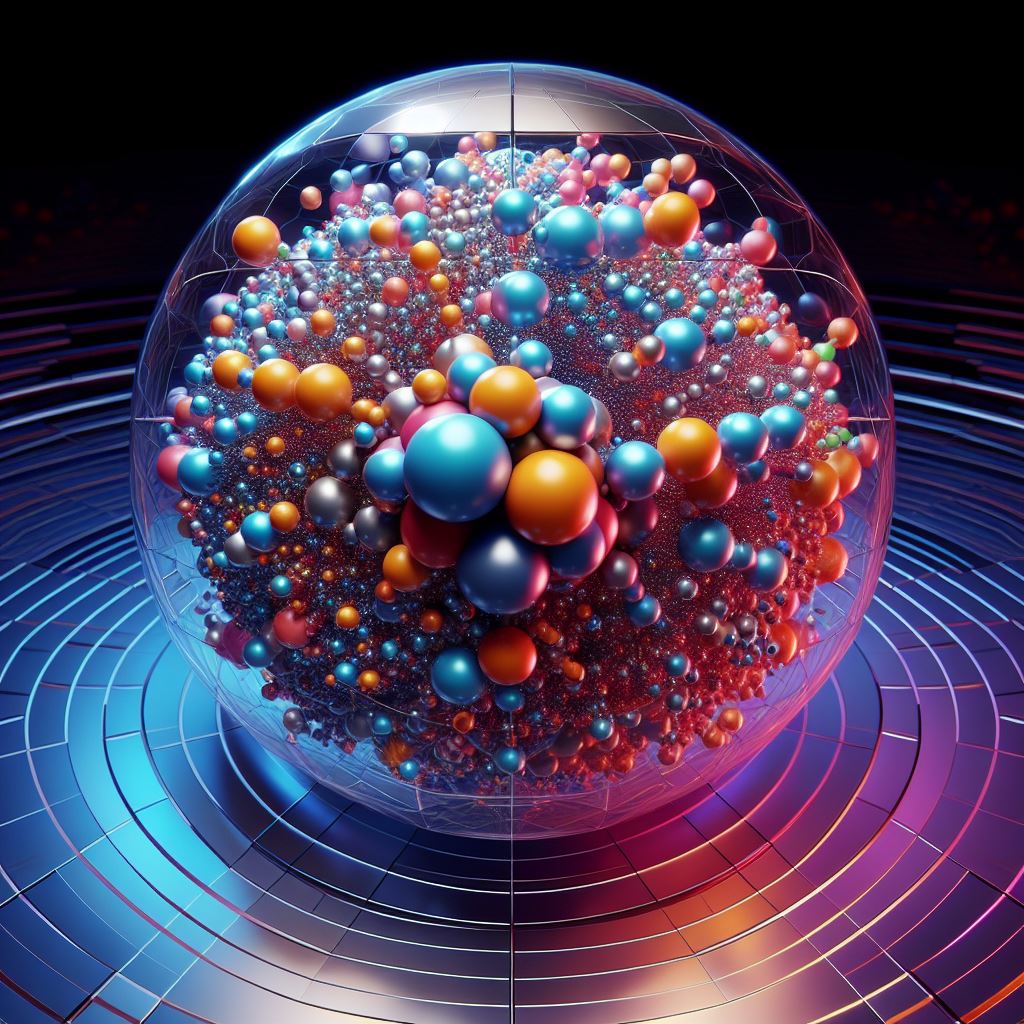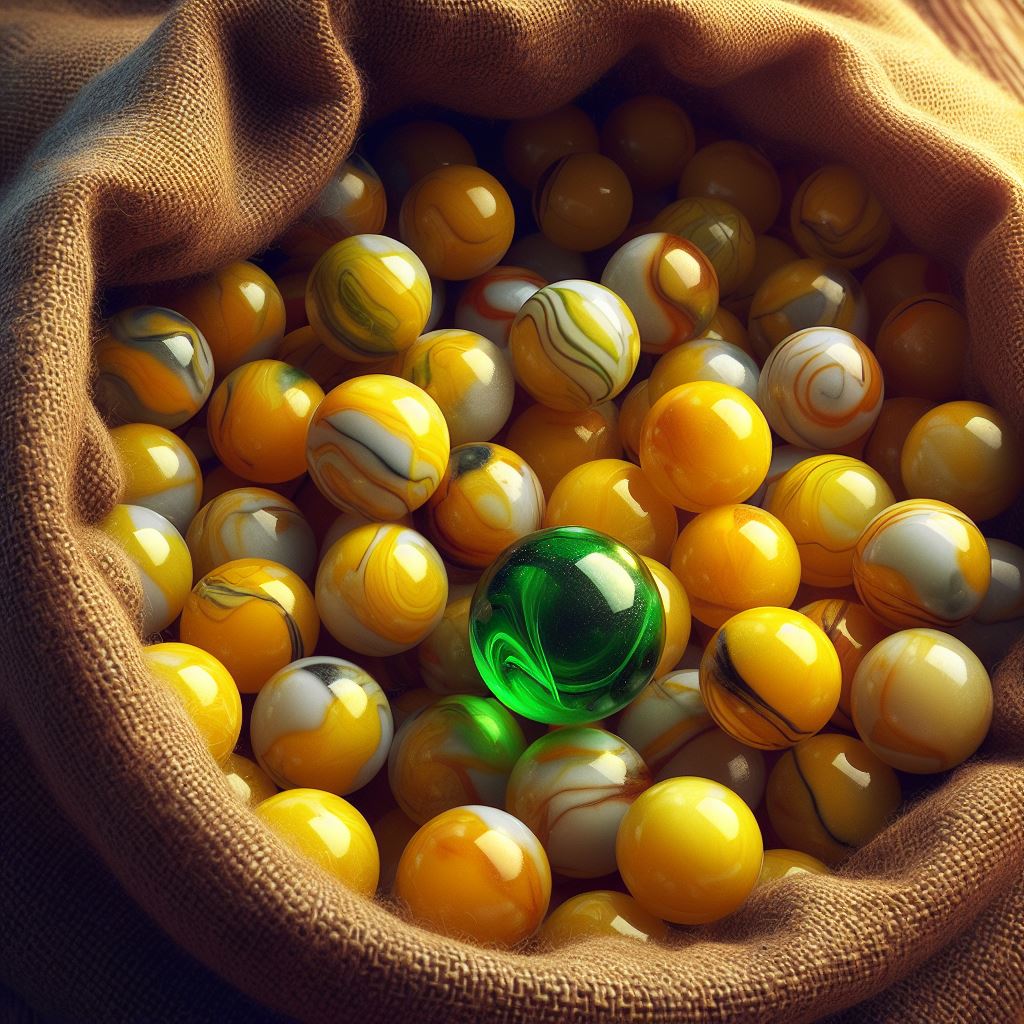Computers require a form of base unit that converts electricity (energy) into data that can be used to store, compute, and execute applications. The devices we use today, smartphones, laptops, smart devices, and more, this base unit is known as a ‘bit’. A bit can be either 1 or 0. On the other hand, in quantum computers while 1 and 0 are still the values observed, the ‘bit’ can be in any value if 0, 1, or any superposition of the 2 values. To differentiate this behaviour from the classical bit, the term qubit is used to refer to the quantum bit.
The qubit introduction above uses the words ‘values observed’ and this is on purpose. Qubits do not store data in pure 1 and 0 values, but rather they make use of different energy levels or wave lengths to store the data. While different quantum processors can use different techniques for qubit manipulation, for common alignment, in quantum mechanics and computing, the term used is wavelength.
Imagine a boat floating on a lake. When the water is calm, the boat stays in one place and is either floating (1) or sunk (0) if there’s a hole. However, during rough weather, the boat moves up and down and sways side to side due to the waves. If we take a photo of the boat at a specific time, we can determine whether it’s floating or sunk at that moment. This is similar to how a qubit behaves. It reacts to the waves around it, but once we take a “photo” of its state, it’s locked into either a floating or sunk state, similar to how the boat is at a specific point in time.
Now, let us be correct in quantum computing terms. The taking of a “photo” at a particular time on a qubit, the correct term is to ‘measure’ the qubit value. In quantum terms, the act of determining whether the boat is floating or sinking at the time of the photograph is described as ‘collapsing’ to a specific value. The collapse into a specific value is determined by an instinctive decision based on probabilities. This action places the qubit in a definitive state, which remains unchanged until an operation or external interference affects the qubit.
In the Quantum Computing Fundamentals on LinkedIn [1], the trainers provide a perfect example for the collapse to value of a qubit. They compare it to a person ordering at a cafe, who is undecided between 2 options (soup or salad), however when the waiter arrives and asks for the order, the person decides immediately on salad. While the person might still be tinkering on the soup, the decision to ask for a salad commits the person to the salad. This is similar to how a qubit collapses to a specific value and remains committed to that value.
Quantum computing utilises a lot of mathematics and symbols to express processes to get to the required results, and qubit is no less. When presenting qubit values, the following 3 notations are typically used:
- Zero value: \left\vert0\right\rangle
- One value: \left\vert1\right\rangle
- Unobserved Qubit (A qubit that has not collapsed to a base state): \left\vert\psi\right\rangle
Qubit states are represented using the Dirac notation, also known as bra-ket notation [2], which is commonly used for wavefunctions and vectors. Wavefunctions, vectors and complex numbers are the foundation of quantum mechanics which drive quantum computing.
A question that might be lingering right now is, so does qubit just return a random answer when observed? The answer is yes and no. The answer is yes, as there is no guarantee on which base state the value will collapse. No, as it is possible to increase the probability that the qubit will collapse to a specific value. It is important to highlight the importance of the word ‘probability’ in the last sentence, which means that at some point the result might be the unexpected value. Consider a bag with 99 yellow and 1 green marble inside. After mixing the marbles inside, a marble is picked up at random. The probability that the outcome is yellow is extremely high, with 99% probability. However, there is still 1% probability of picking up the green marble. Replacing the bag with a qubit, and the marbles with ∣0⟩ and ∣1⟩, for yellow and green. The unobserved state can be expressed as \left\vert y\right\rangle = a\left\vert 0\right\rangle + b\left\vert 1\right\rangle where a and b represent the possibility of collapsing in each state
The proper term for the probability of each state, a and b, is magnitude, and is represented as \left\vert\left\langle0\vert\psi\right\rangle\right\vert^2 + \left\vert\left\langle1\vert\psi\right\rangle\right\vert^2. If we take the bag example and replace the yellow marbles with \left\vert0\right\rangle and the green marble with \left\vert1\right\rangle, then we can write this down as:
The occurence probability of \left\vert0\right\rangle = \left\vert\left\langle0\vert\psi\right\rangle\right\vert^2 = 0.99
The occurence probability of \left\vert1\right\rangle = \left\vert\left\langle1\vert\psi\right\rangle\right\vert^2 = 0.01
Note that the probabilities will always add up to 1, or 100%.
If we still have the possibility of getting the wrong value for a qubit, how can we ensure that the algorithm behave as we require. The answer is to measure the qubit multiple times. While a measured qubit collapses to a single base value and remains persistent, the ‘noise‘ surrounding the microworld of atoms, will cause the qubit to return to its superposition value after measuring. Therefore, multiple measurements can be taken on the qubit, and by determining which value occurs the most, a correct value can be obtained. Note that the term ‘correct value’ is inaccurate but hopefully provides a clear indication that the value can be relied on.
References
[1] LinkedIn Quantum Computing Fundamentals https://www.linkedin.com/learning/quantum-computing-fundamentals
[2] bra-ket notation
Disclaimer: Images in this post have been created through Bing AI Image Creator




